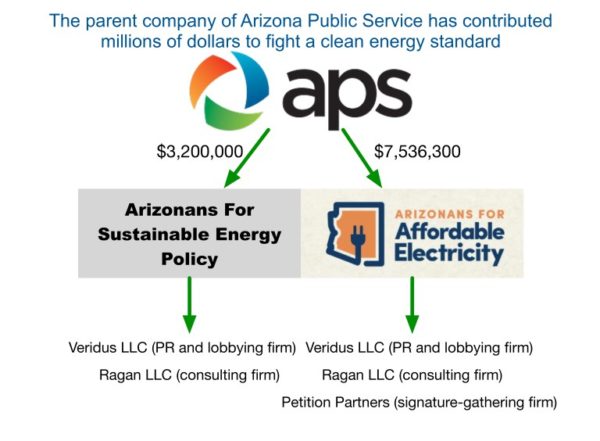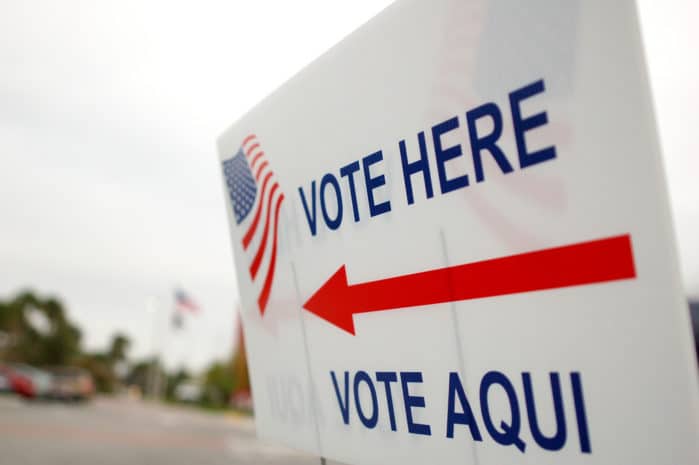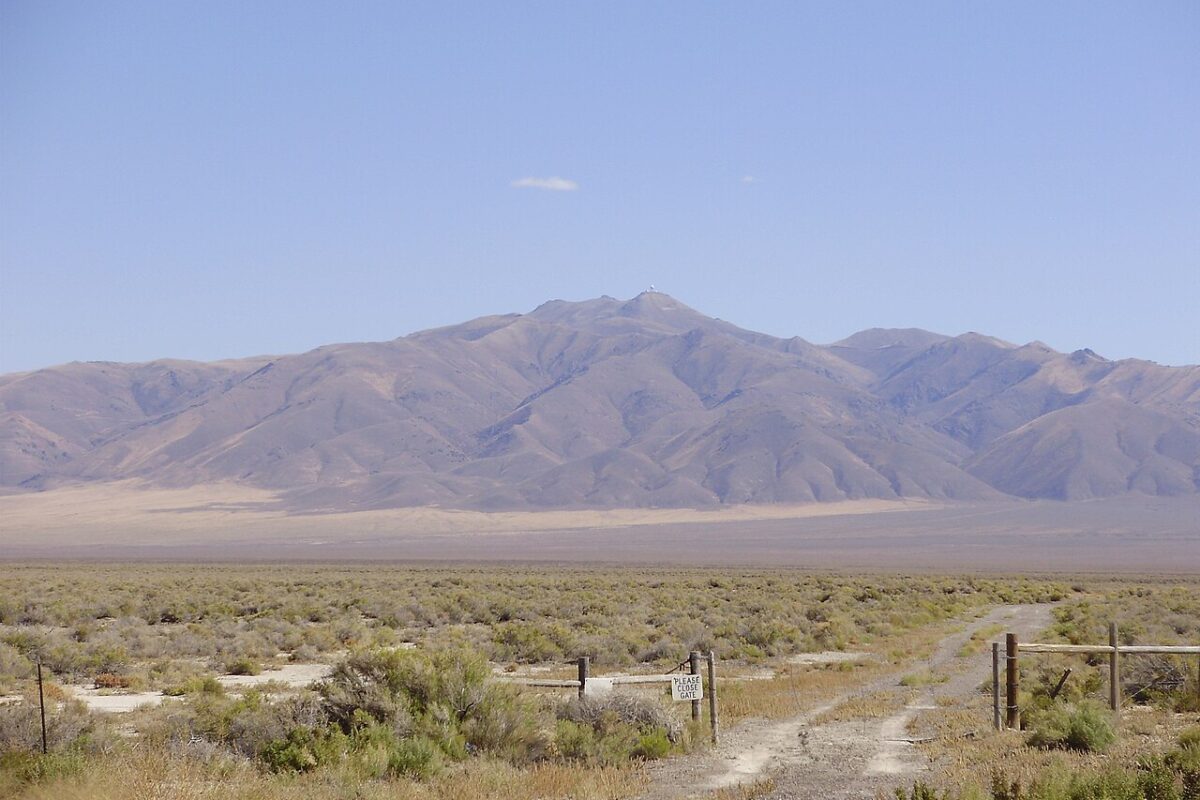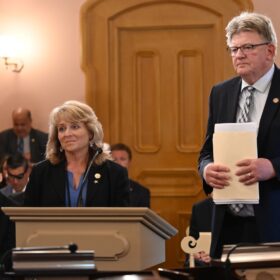Democracy is a fickle thing, made only more fickle the more money is added to the equation. To prove this, one needs only to look to the American Southwest where one election became the nation’s hottest battleground and its third-most expensive campaign, all without the presence of a single candidate.
The dust has settled and the votes are in. Proposition 127 is dead in Arizona, much to the dismay of the pockets and hopes of its biggest supporters, Clean Energy for a Healthy Arizona. It was defeated resoundingly, garnering only 30% of the vote. To the north and west, Prop. 127’s Nevadan twin, Question 6, born of the same legislation from the same super PAC, has found life. The initiative passed with 60% of the vote.
Both Prop. 127 and Question 6 were created by NextGen Climate Action, a super PAC created by billionaire hedge-fund-founder-turned-philanthropist Tom Steyer. Both set out to improve upon their respective state’s Regional Portfolio Standards (RPS), with the new benchmark of 50% of all power being generated by renewable sources by 2030, with 10% of that generation coming from distributed resources. They were backed by various renewable energy groups like Solar Energy Industries Association (SEIA), Vote Solar Action Fund and Sierra Club.
Arizona
While disappointing, Prop. 127’s death at the hands of Arizona voters is no surprise, as the measure faced an uphill battle since it was first proposed on February 20. The initiative came at odds with Arizona Corporation Commission (ACC) Commissioner Andy Tobin’s own proposal, Arizona’s Energy Modernization Plan. Commissioner Tobin’s plan calls for Arizona to get 80% of its electricity from “clean energy sources” by 2050, with an ultimate goal of 100% to come some time after that. But 80% is more than 50% and would only take any extra 20 years? Where they not just fighting for the same thing?
Both proposals set to improve on the state’s abysmal 15% by 2025 RPS initiative, but would do so in very different ways. Commissioner Tobin’s plan includes a target of 3,000 MW of deployed energy storage by 2030, 60 MW capacity biomass energy from Dec. 31, 2021 to Dec. 31, 2041, a 1.5% of peak deployment increase of new renewable sources every year until 2030, as well as energy efficiency and electric vehicle integration measures. While the energy storage and peak deployment initiatives are encouraging, the plan has its issues.
The proposal’s focus on woody biomass is troubling, as that type of energy has been staunchly opposed by environmental groups in the United States, but more troubling are the plan’s loose definition of “clean energy” – which could include existing nuclear power plants – and its exclusion of distributed energy sourcing.
Commissioner Tobin and the ACC as a whole have been numerously accused of being too friendly with the utilities that they oversee, specifically Arizona Public Service (APS), even by members of the Commission. Commissioner Bob Burns said of Tobin’s plan: “If we want to move forward with a serious and significant clean energy plan, we are going to have to make decisions that may run contrary to the interests of APS.”
So what does this have to do with nuclear power? Well, the inclusion would be a boost to APS, which is partial owner of the 3.9 GW Palo Verde nuclear plant. While it is unlikely that further nuclear development would occur, including Palo Verde would undermine the amount of new low-carbon energy needed.
The largest point of contention was likely Prop. 127’s 10% required distributed energy generation carveout of the RPS. Utilities don’t dislike solar, they dislike distributed solar. Arizona is third in the nation for total installed solar capacity, due in large part to monumental utility-scale solar development. Distributed energy is a threat to the business model and revenues of utilities, whereas large-scale solar is not, because the utilities don’t profit off of distributed generation, the customers do. Arizona regulators have taken measures to kill distributed solar, imposing a net metering charge in 2014 and eliminating other incentives.
The initiative was promoted in Arizona by the group Clean Energy for a Healthy Arizona (CEHA). Almost immediately after the the initiative was applied for, Arizonans for Affordable Energy (AAE) was formed to fight it and the war was on.

With funding from APS’ parent corporation, AAE ran ads firstly referring to CEHA’s signature collectors as violent felons and Russian spies. The group then moved onto attacking Tom Steyer painting, him as an outsider attempting to sabotage Arizona taxpayers. By the time polls opened, the race became the most expensive ballot initiative in Arizona history, with opposition groups spending over $30 million, compared to support groups’ $23 million.

At the end of the day AAE got their way, and the future of Arizona’s energy policy is again in APS’ hands.
Nevada
In nearby Nevada, the contentious climate of clean energy cooled, paving the way for Question 6’s victory.
This was not the Nevada’s first effort to accelerate its RPS. In 2017 a similar bill to raise the state’s RPS to 40% by 2030, which received comparable bipartisan support, was vetoed by Governor Brian Sandoval (R). However, the allure of a ballot initiative was that it did not need the governor’s signature.
Question 6 saw inspiring bipartisan support in Nevada leading up to the election. Furthermore, it polled well throughout the year, even reaching 68% support in a poll of 500 residents done by The Mellman Group in April. This could have been due to Nevada politicians being witness to the popularity of progressive energy policy in their state. The state has the 4th most installed solar capacity in the country and recently re-administered net metering.
The initiative almost ran into trouble due to another initiative on the ballot, Question 3. Question 3 was a measure that would deregulate Nevada’s retail electricity market, effectively breaking up power utilities. The initiative split traditional clean energy advocates, with Tesla, SolarCity and Walmart supporting it, while Sierra Club, Western Resource Advocates and Southwest Energy Efficiency Project all opposed it. Supporters claimed that it would give Nevadans the right to have a choice who they buy power from, while the opposition claimed a deregulated market could interrupt NV Energy’s commitment to procure 1 GW of renewable energy and hamper the healing rooftop solar market in the state.
Either way, the votes have been tallied and Nevada will the anticipated stability that opponents of Question 3 opposed, as the measure fell, having gained only 33% of the vote. Nevadans for a Clean Energy Future, the state group supporting the initiative, however now lay in waiting for their next move.
That’s because, this is just the first victory for Nevadans for a Clean Energy Future. In Nevada, constitutional amendments that qualify for the ballot must pass two consecutive general elections, which means that assuming the signature requirement is met again, we’ll be seeing the initiative again in 2020. And just because we’ll be seeing it again doesn’t mean it will pass, as this was Question 3’s second election cycle
This content is protected by copyright and may not be reused. If you want to cooperate with us and would like to reuse some of our content, please contact: editors@pv-magazine.com.









There are three other reasons why Prop 127 failed in Arizona. First and most important, APS/AAE ran aggressive, pocket-book-focused ads on how much they claimed the proposition would cost Arizonans: the claims ranged from $1,000 to almost $2,000 more per year, with the implication that these costs would go into effect immediately. APS/AAE ran numerous other ads, including one saying many Navajo tribe members in northeastern Arizona would be thrown into poverty if the Prop passed due to the threatened closure of a coal mine and major power plant on tribal land. The APS/AAE campaign was sophisticated and focused.
On the other hand, Clean Energy for a Healthy Arizona ran a basically incompetent campaign. They had little ground game–dozens of anti-127 street signs went up for every pro-127 sign. Their TV ads not only failed to address APS/AAE’s rate increase claims, but late in the election season, they shifted their attention to attacking Arizona Attorney General Mark Brnovich because one of his staffers inserted misleading text (likely at APS’s behest) into the text in the voter information packet and on the ballot, and to supporting two Democrat candidates for the Arizona Corporation Commission, both of whom appear to have lost.
Third, there was opposition to using a change to the state constitution to force the RPS change.
The technical issues the author cites were probably invisible to the average voter. The specter of an additional $80 or more per month rate increase, even if spread over a dozen years, doomed Prop 127.